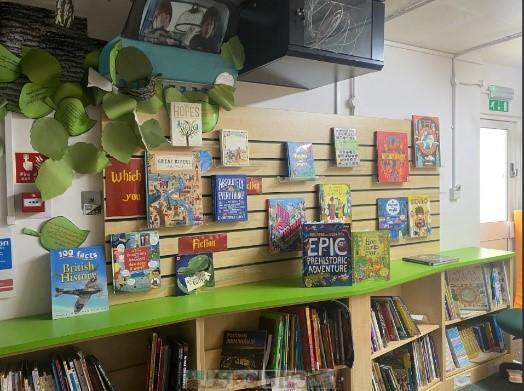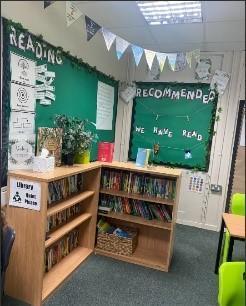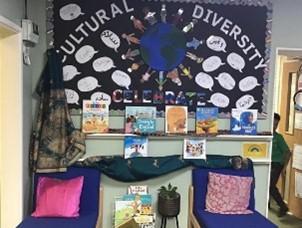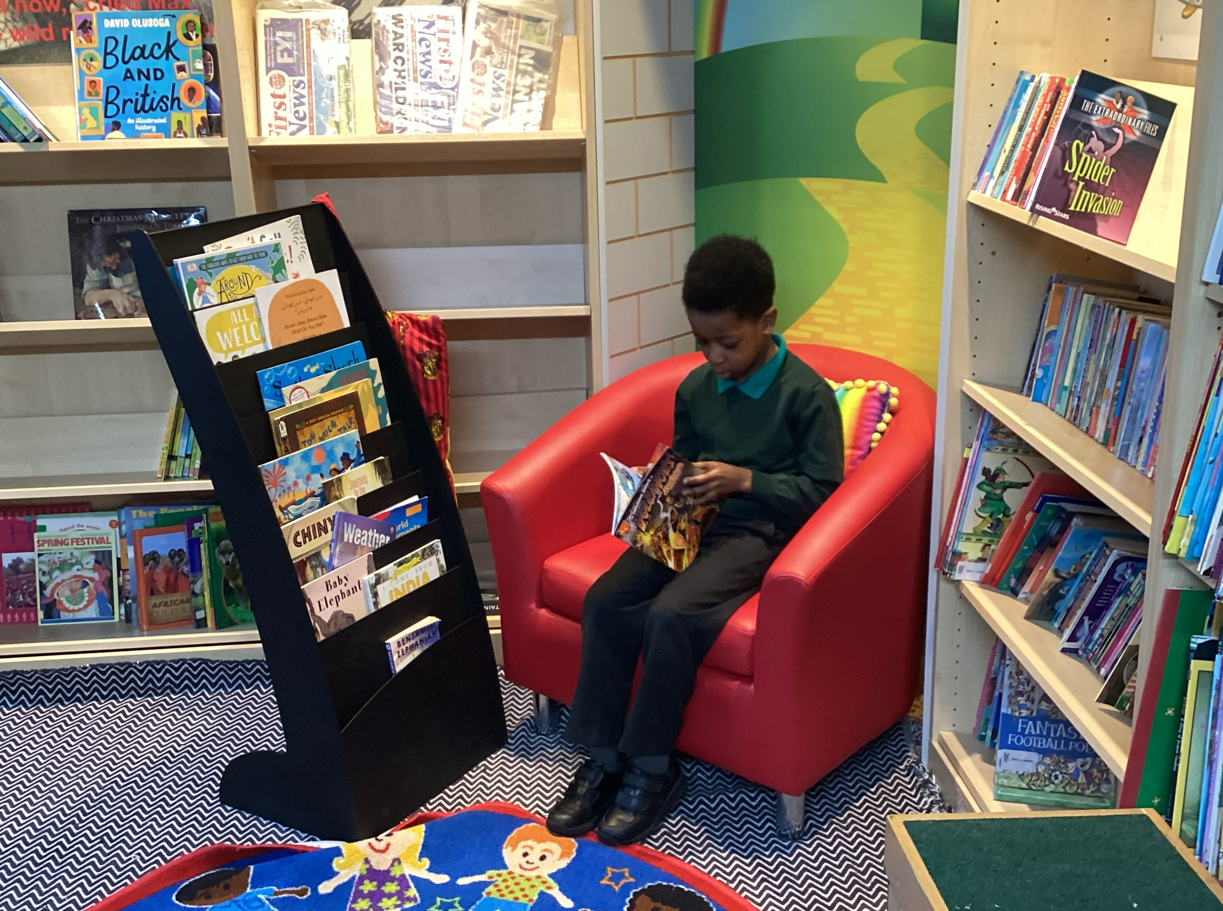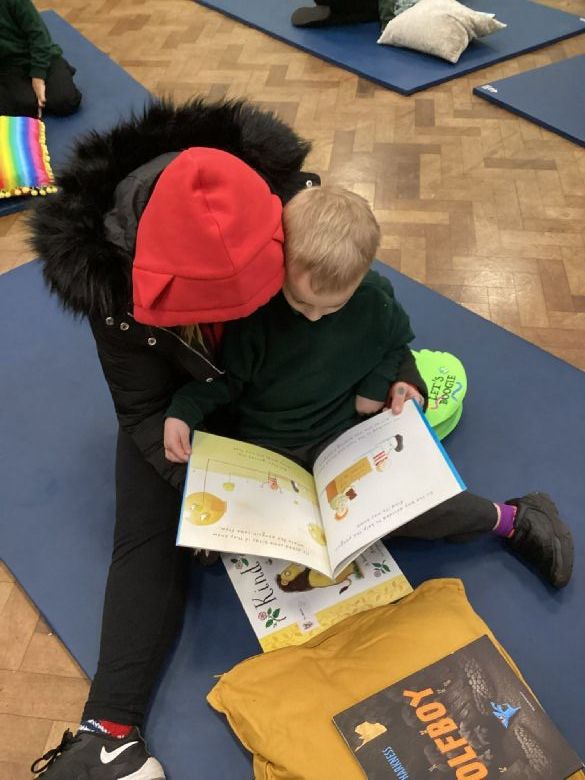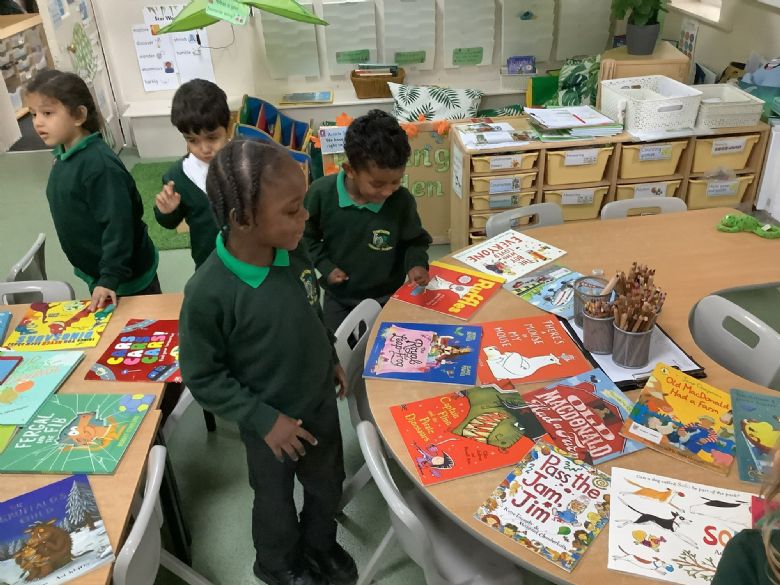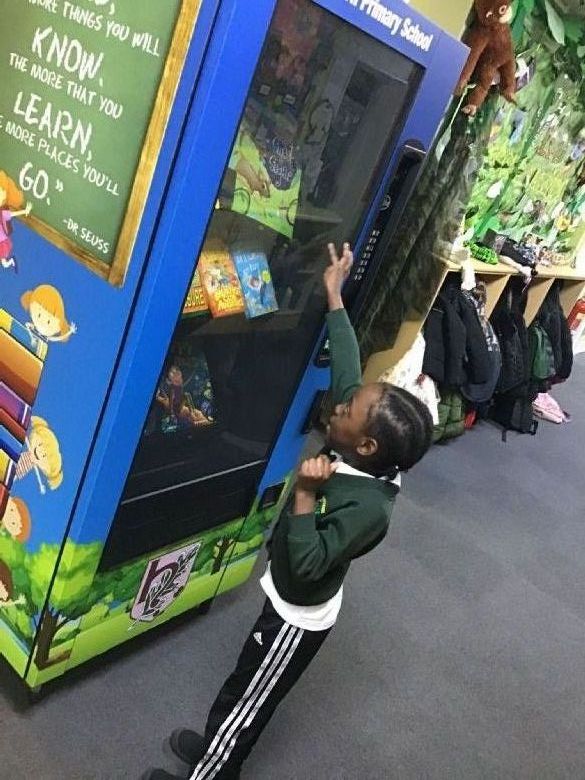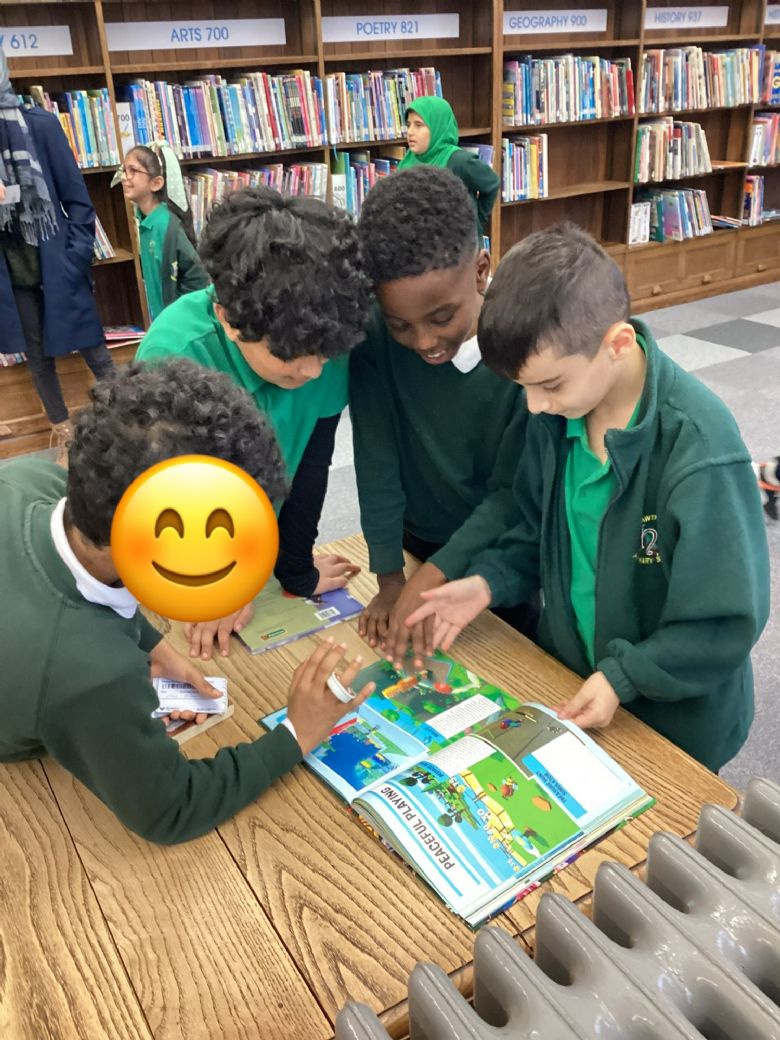Reading
At Hawthorn Primary School, we are determined that every child will learn to read, regardless of their background, needs or abilities. We want our children to be fluent, confident readers. To assist children with this, we expose children to a wealth of stories, poems, rhymes, songs and non-fiction to develop their vocabulary, language comprehension and engender a genuine love of reading and a keen interest in a range of texts. We recognise that children who are keen readers are more likely to experience success within school and as they progress to employment. As a school, we ensure we are encouraging frequent reading as well as exciting opportunities to explore books and ‘get lost’ in the adventures books can take us on.
A snapshot of what we do at Hawthorn:
- Exposure to a synthetic phonics programme which we follow with strict fidelity - RWI.
- Fully phonics trained staff.
- Phonics interventions to ensure no reader gets left behind.
- A focus on reading fluency - adults modelling, echo reading and timed reading.
- Whole class reading sessions with carefully chosen books and texts.
- Specific, timetabled reading interventions for KS1 and KS2 - Reading Plus.
- Daily reading with governors and trained volunteers in EYFS and KS1.
- The use of 'Accelerated Reader' to take weekly reading quizzes.
- Bookworms awards for classes with most reading success across two-weeks.
- Parent workshops - library visits, phonics training and reading for pleasure sessions.
- Millionaire's club for children who have read one million words!
- Author of the Month assemblies.
- A well-stocked and calming library which can be used for sharing stories and finding info-graphic books linked to learning.
- A daily shared story across EYFS, KS1 and KS2.
- Designated reading spine encompassing diversity.
- A designated class poetry book.
- Eye-catching, exciting reading corners within classrooms.
- Children understanding the 'rights of a reader'.
- A plethora of books located throughout school, in every turn they take.
- Books used to introduce writing and other foundation topics.
- Whole school book celebrations.
Take a look at some of our amazing reading environments and things we do across school to promote reading to all our children:
